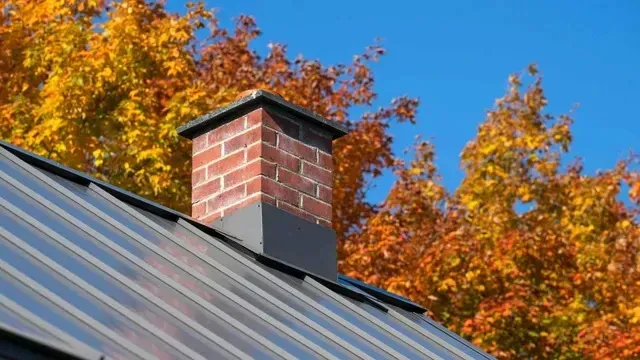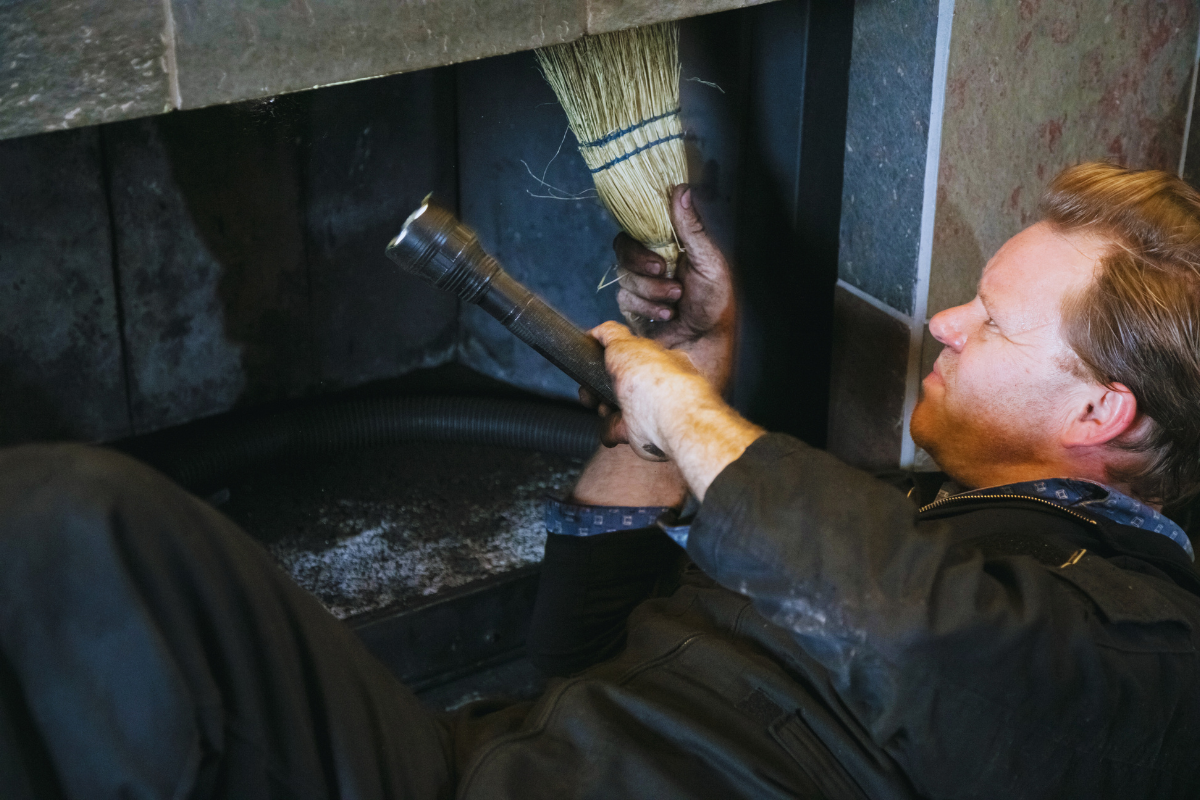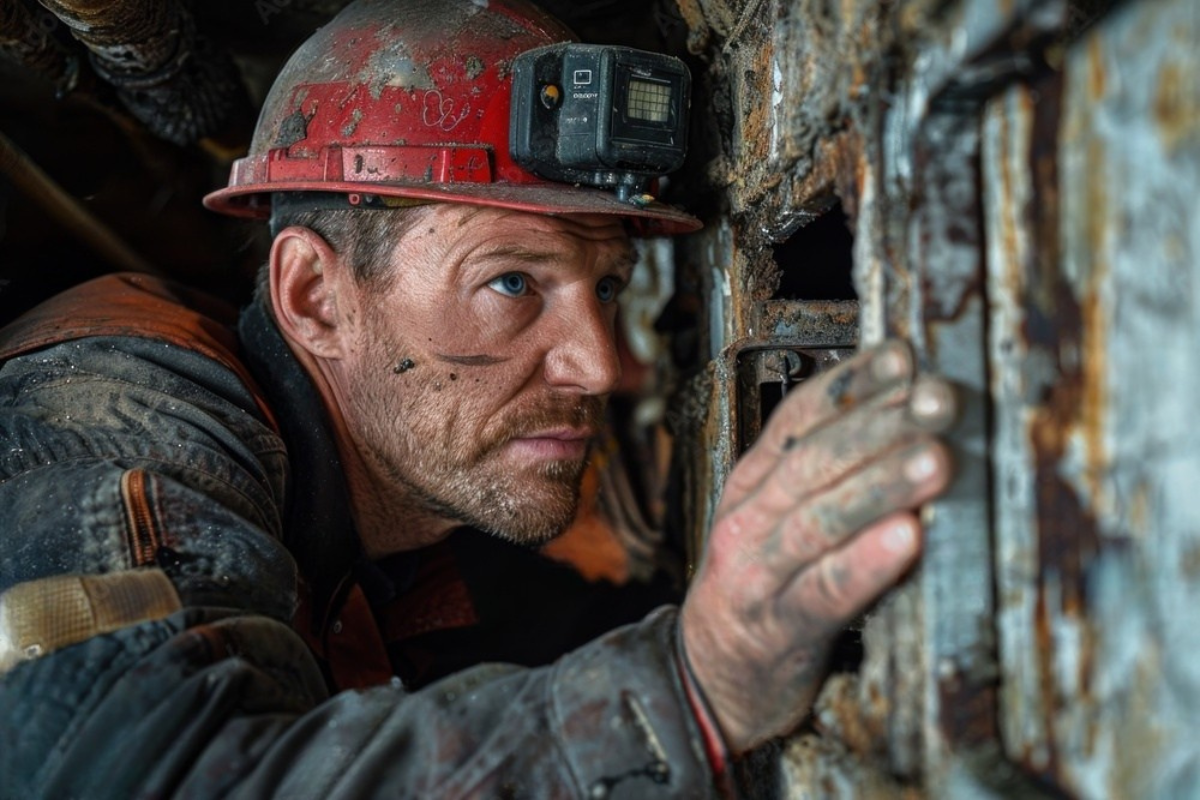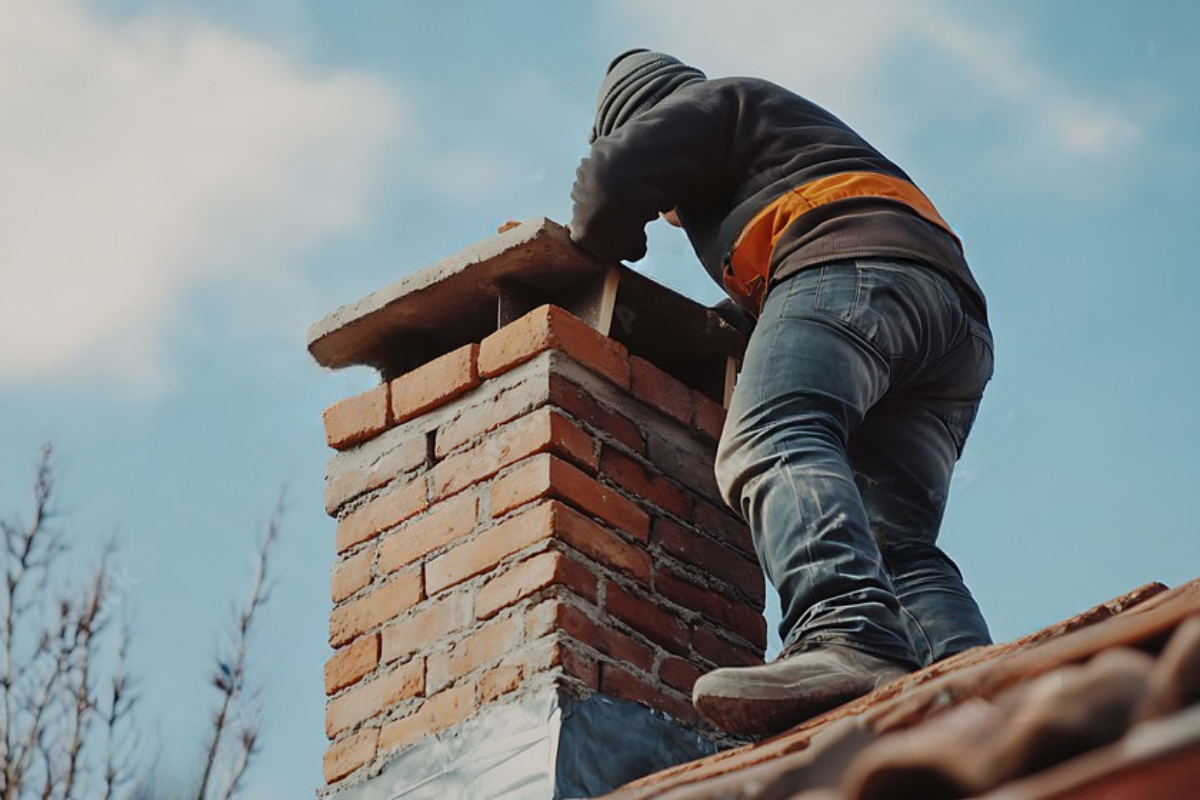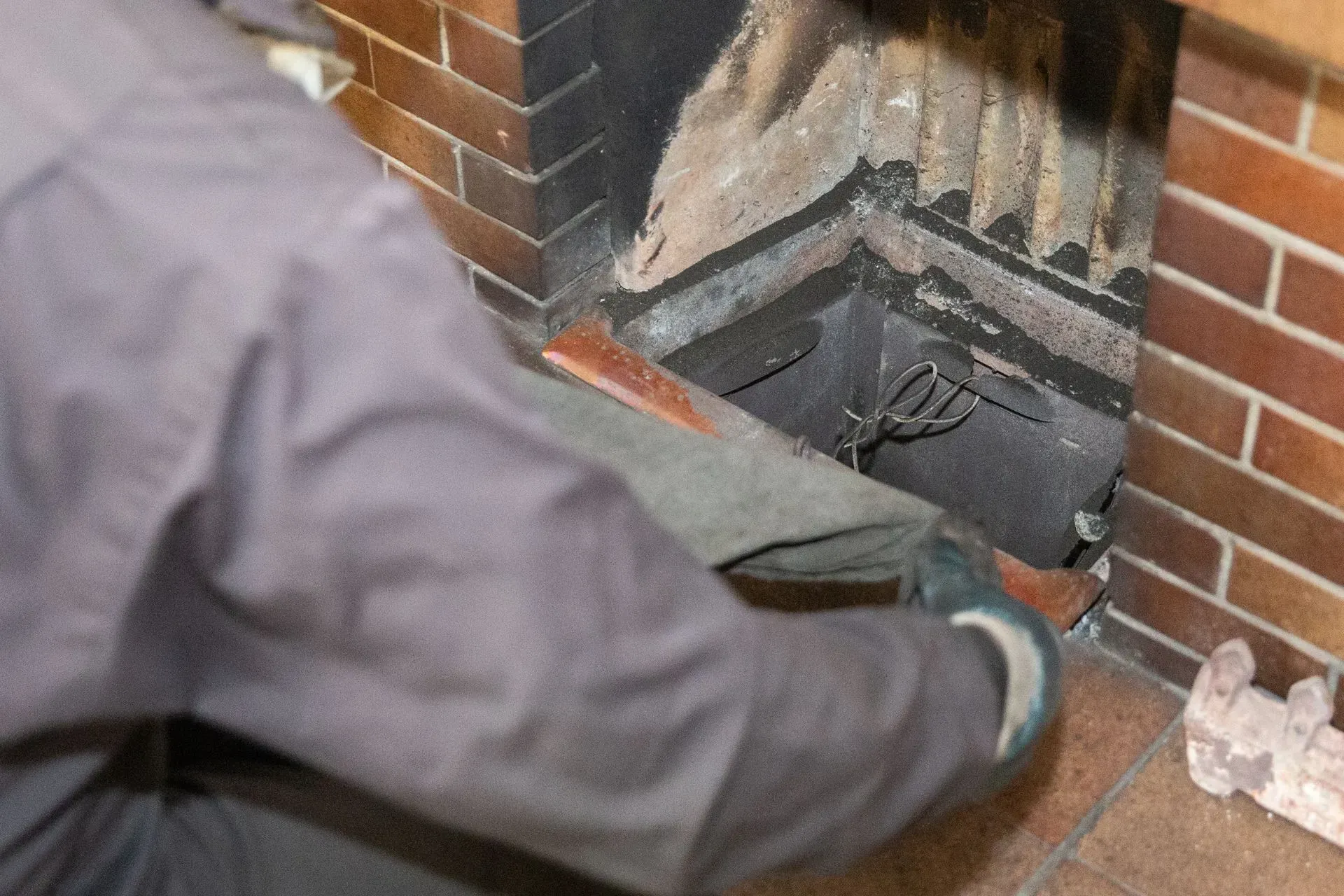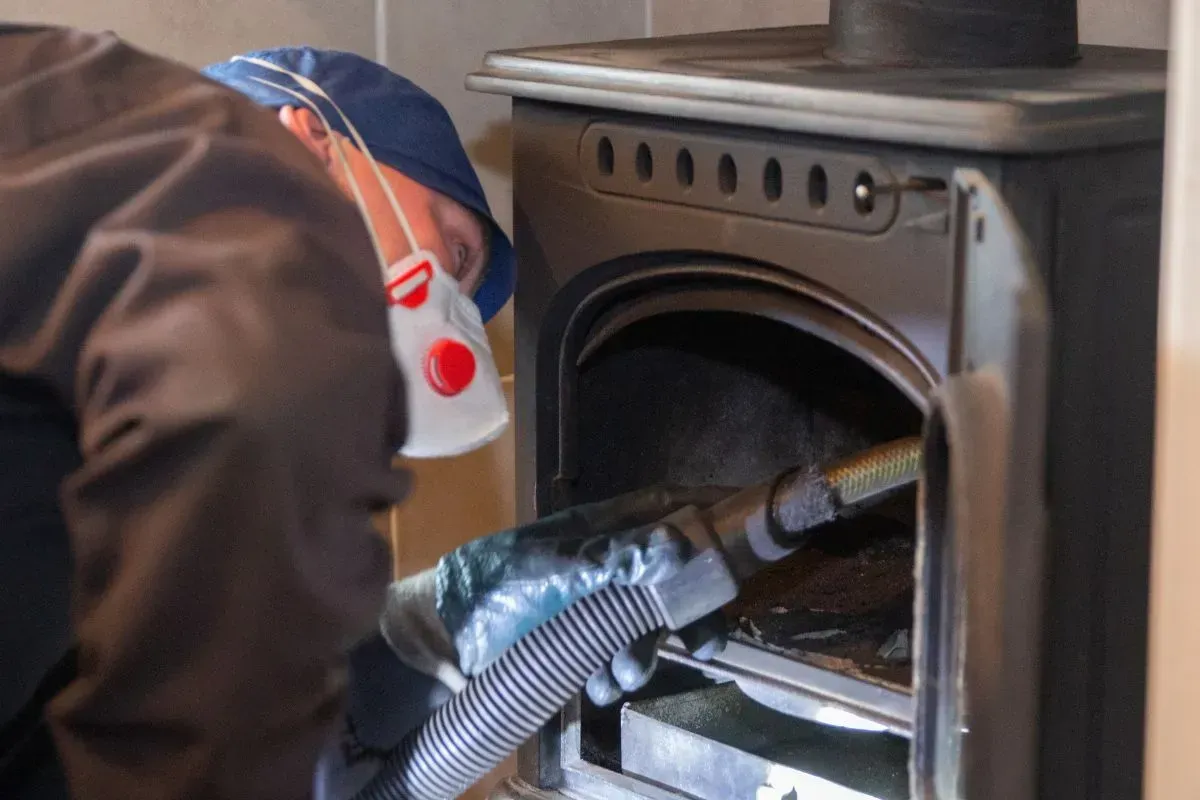Introduction to Fireplace Firewood
Using the right firewood for your fireplace isn’t just about enjoying a cozy ambiance—it’s also essential for safety, energy efficiency, and protecting your chimney. Whether you rely on your fireplace for supplemental heating or for special winter evenings, the type of wood you use greatly influences your experience. From heat output to smoke production, understanding firewood basics will help you make informed and cost-effective choices throughout the cold season.
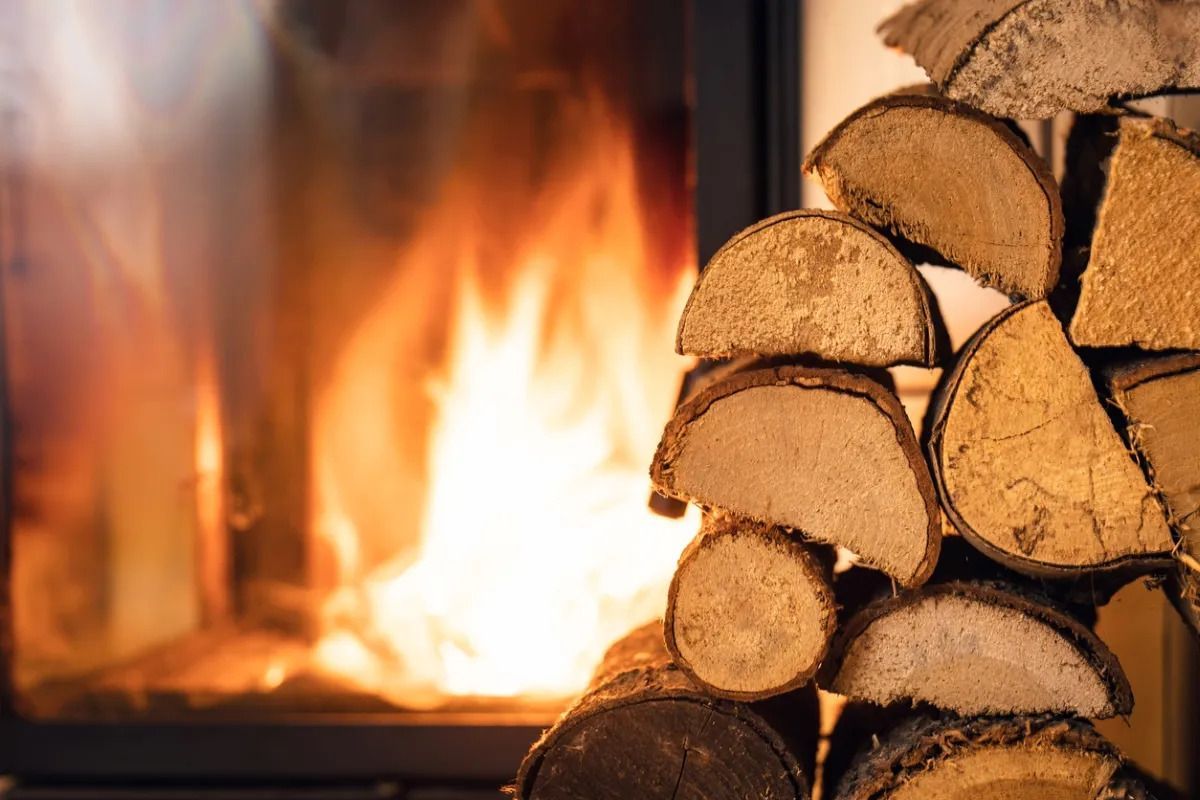
The Best Firewood for Your Fireplace
When it comes to choosing the best firewood for your fireplace, seasoned hardwoods like oak, hickory, and maple top the list. These dense woods burn longer and hotter, providing sustained warmth while producing minimal creosote—a flammable residue that builds up in chimneys. Not only do these woods create cozy fires, but they also burn cleanly and efficiently. Selecting premium firewood improves fireplace performance and minimizes your need for frequent chimney service.
Hardwood vs. Softwood: Which Is Better?
The debate between hardwood and softwood is a common one. Hardwoods, sourced from deciduous trees, are denser and therefore offer longer-lasting, hotter fires with less smoke. Softwoods, like pine or spruce, ignite quickly but burn out faster, producing more creosote. While softwoods work great as kindling, they’re not ideal for prolonged fireplace use. For consistent heat and safety, hardwood is generally the better investment—especially during long winters or when using fireplaces regularly.
Seasoned vs. Green Wood
Seasoned wood has been air-dried for at least six months and has a moisture content below 20%, making it ideal for burning. It ignites easily, burns hotter, and creates less smoke and creosote. In contrast, green wood, which is freshly cut, retains too much moisture. This makes it difficult to burn and leads to smoky fires and excessive residue. Always opt for seasoned wood to ensure clean combustion, better heat, and fewer safety risks associated with moisture-heavy green logs.
How to Season Firewood Properly
Seasoning firewood properly requires time, patience, and the right setup. First, split the wood into smaller pieces to accelerate drying. Then, stack it off the ground in a well-ventilated area, preferably with a cover to protect it from rain. Make sure air can circulate around the logs by stacking in a crisscross pattern. Avoid sealing the pile with tarps on the sides. The wood should season for at least 6–12 months, depending on the climate, to reach optimal dryness for efficient burning.
Top Hardwood Choices for Fireplaces
Hardwoods provide the best overall burning experience due to their density and heat output. Oak is a go-to for many households because it burns hot and long. Hickory produces even more heat and has a pleasant aroma. Maple offers clean, consistent combustion, while ash can even burn decently when slightly green. Cherry adds a sweet scent and a steady flame. These hardwoods produce less smoke and ash, allowing you to enjoy a warm, steady fire with fewer refueling interruptions.
Best Softwoods for Kindling
While softwoods aren't great for prolonged burning, they excel as fire starters. Pine, fir, and spruce ignite quickly and help establish a strong base for your fire. These woods are easier to split and light, making them perfect for kindling. However, they burn rapidly and can release resins that lead to creosote buildup if used excessively. Use them sparingly and always pair them with hardwoods for the best balance of quick ignition and long-lasting warmth in your fireplace.
Woods to Avoid in Your Fireplace
Not all wood is safe to burn indoors. Avoid using treated or painted wood, as it can emit toxic fumes. Driftwood, though plentiful, often contains salt that can damage your fireplace and flue. Highly resinous woods like pine—if not fully seasoned—can produce excessive creosote, increasing the risk of chimney fires. Wet or green wood smokes heavily and leads to poor combustion. Always choose clean, dry hardwoods and discard any suspect wood types to maintain safety and air quality indoors.
The Role of Wood Moisture Content
The moisture content of firewood significantly impacts how well it burns. Ideally, wood should have a moisture content below 20%. Wet wood not only hisses and smokes when burned, but it also fails to generate adequate heat and contributes to creosote buildup inside your chimney. Use a moisture meter to check your wood before burning. Dry wood burns efficiently, producing higher heat and less smoke. This reduces the risk of dangerous buildup and ensures a clean, steady burn every time.
Storing Your Firewood the Right Way
Storing firewood properly is essential to keep it dry, clean, and ready for use. Start by stacking it off the ground using pallets or bricks. Keep the pile covered on top to shield it from rain or snow, but leave the sides open to allow airflow. Choose a sunny, well-ventilated spot at least 20 feet from your home to deter pests. Avoid storing wood indoors for long periods, as it can bring insects inside. Proper storage ensures that your firewood remains seasoned, safe, and burn-ready.
How to Identify High-Quality Firewood
Recognizing top-quality firewood involves using your senses. Seasoned wood usually has a gray or weathered appearance, with visible cracks at the ends. It feels lighter in weight than green wood and emits a hollow sound when struck together. It should also have a dry, woody scent rather than a fresh-cut aroma. High-quality firewood ignites easily, burns cleanly, and produces minimal smoke. Taking time to evaluate your firewood ensures efficient fires and prolongs your fireplace’s lifespan.
Eco-Friendly Firewood Alternatives
If you’re environmentally conscious, there are sustainable firewood options worth exploring. Compressed sawdust logs, also known as eco-logs or fire bricks, burn longer and cleaner than traditional wood. They’re made from recycled materials and leave behind minimal ash. Certified sustainable hardwoods, labeled by organizations like the Forest Stewardship Council (FSC), ensure responsible harvesting. These alternatives offer excellent heat output, reduce deforestation, and are ideal for greener living.
Firewood Safety Tips
Safety should always be a priority when using a fireplace. Store firewood safely away from direct heat or open flames. Use a screen in front of your fireplace to catch flying sparks, and never leave a fire unattended. Burn only dry, untreated wood to avoid harmful fumes. Keep flammable items away from the hearth and always have a fire extinguisher nearby. Regularly inspect and clean your chimney to prevent creosote buildup. For professional assistance, schedule a Chimney Service.
Common Myths About Fireplace Wood
There are several myths about fireplace wood that can lead to poor decisions. One is that all wood burns equally—hardwoods clearly outperform softwoods in efficiency. Another myth claims softwoods are dangerous; while not ideal for long fires, they’re excellent kindling when seasoned. Some believe seasoning takes years, but with proper storage, six to twelve months is enough. Busting these myths helps you make smarter choices and avoid common mistakes that compromise safety or efficiency.
Cost Comparison of Different Firewood Types
Firewood costs vary based on type, availability, and region. Hardwoods like oak and hickory are often pricier but burn longer, offering better long-term value. Softwoods are cheaper but require more frequent reloading. Compressed eco-logs may cost more upfront but last longer and burn cleaner. Compare price per cord against burn time and heat output. Investing in premium firewood saves money over time by reducing consumption, improving burn quality, and lowering maintenance needs.
Where to Buy Good Firewood
Finding quality firewood starts with local, reputable suppliers. Look for sellers who clearly label their wood as “seasoned” and who offer delivery or pickup options. Farm stands, hardware stores, and online listings can also be good sources. Avoid firewood sold without any moisture information. Always inspect the wood for dryness, cracks, and age. For reliable wood or to inquire about trusted local sources, feel free to contact a professional in your area.
How Firewood Affects Chimney Health
The type of firewood you burn directly affects your chimney’s health. Burning green or resin-rich wood leads to creosote buildup—a sticky, flammable residue that lines chimney walls. Over time, this can cause blockages or chimney fires. Using properly seasoned hardwood reduces smoke and residue, keeping your chimney cleaner. It's vital to schedule an annual Chimney Service to inspect and clean your chimney, especially if you burn fires frequently during winter.
Maintenance Tips for Your Fireplace
Proper fireplace maintenance extends its lifespan and keeps it safe. Clean out ashes weekly to prevent blockages. Inspect the damper to ensure it opens and closes smoothly. Check for visible cracks or wear in the firebox and chimney. Burn only clean, dry firewood to reduce creosote. Schedule yearly inspections with professionals to catch hidden issues early. A well-maintained fireplace burns hotter, uses less wood, and protects your family from potential fire hazards.
Conclusion: Choosing the Best Firewood for Your Needs
Choosing the right firewood isn’t just about convenience—it’s about efficiency, safety, and comfort. Opt for seasoned hardwoods like oak, hickory, or ash for the best burn experience. Always check wood for moisture and store it properly to maintain quality. Avoid green or treated woods that produce smoke and creosote. Smart firewood choices reduce chimney maintenance, enhance warmth, and create safer fires. With this guide, you’re now equipped to build the perfect fire every time.
FAQs About The Best Firewood for Your Fireplace
What is the best type of wood to burn in a fireplace?
Hardwoods like oak, maple, and hickory are best because they burn longer, hotter, and cleaner.
Can I burn softwood in my fireplace?
Softwood is ideal for kindling but burns too fast for long-term heat. Use it only to start your fire.
How can I tell if my firewood is seasoned?
Seasoned wood has cracks at the ends, feels light, sounds hollow when knocked, and has a grayish color.
Is it safe to burn pine in a fireplace?
Only if it’s well-seasoned and used in small amounts. Pine burns fast and produces resin that may cause creosote buildup.
How much firewood do I need for winter?
An average home needs 2–3 cords of seasoned hardwood for regular use throughout the winter season.
What’s the best way to store firewood?
Stack wood off the ground, keep the top covered, and store it in a dry, breezy area at least 20 feet from your home.
Links
